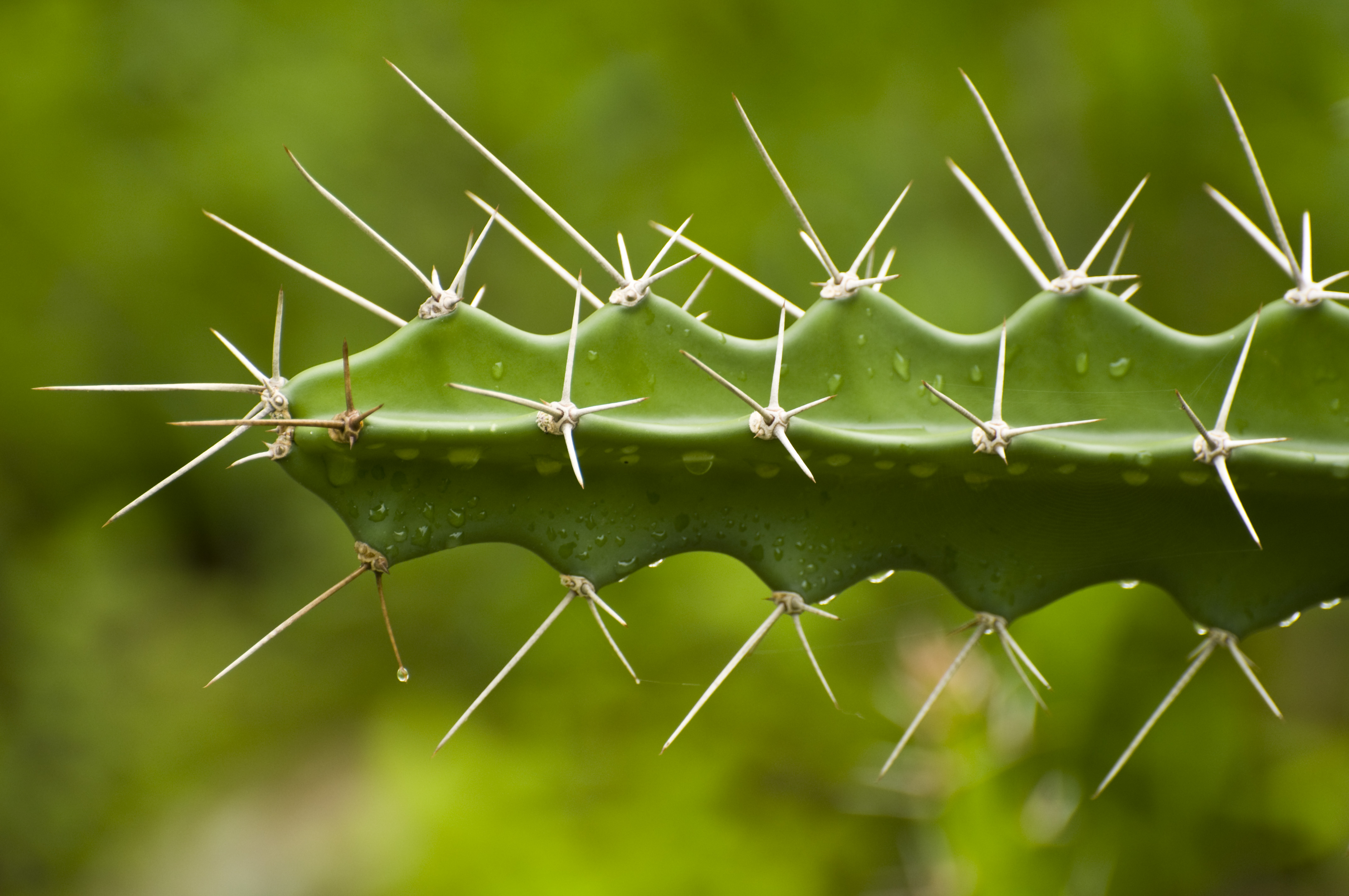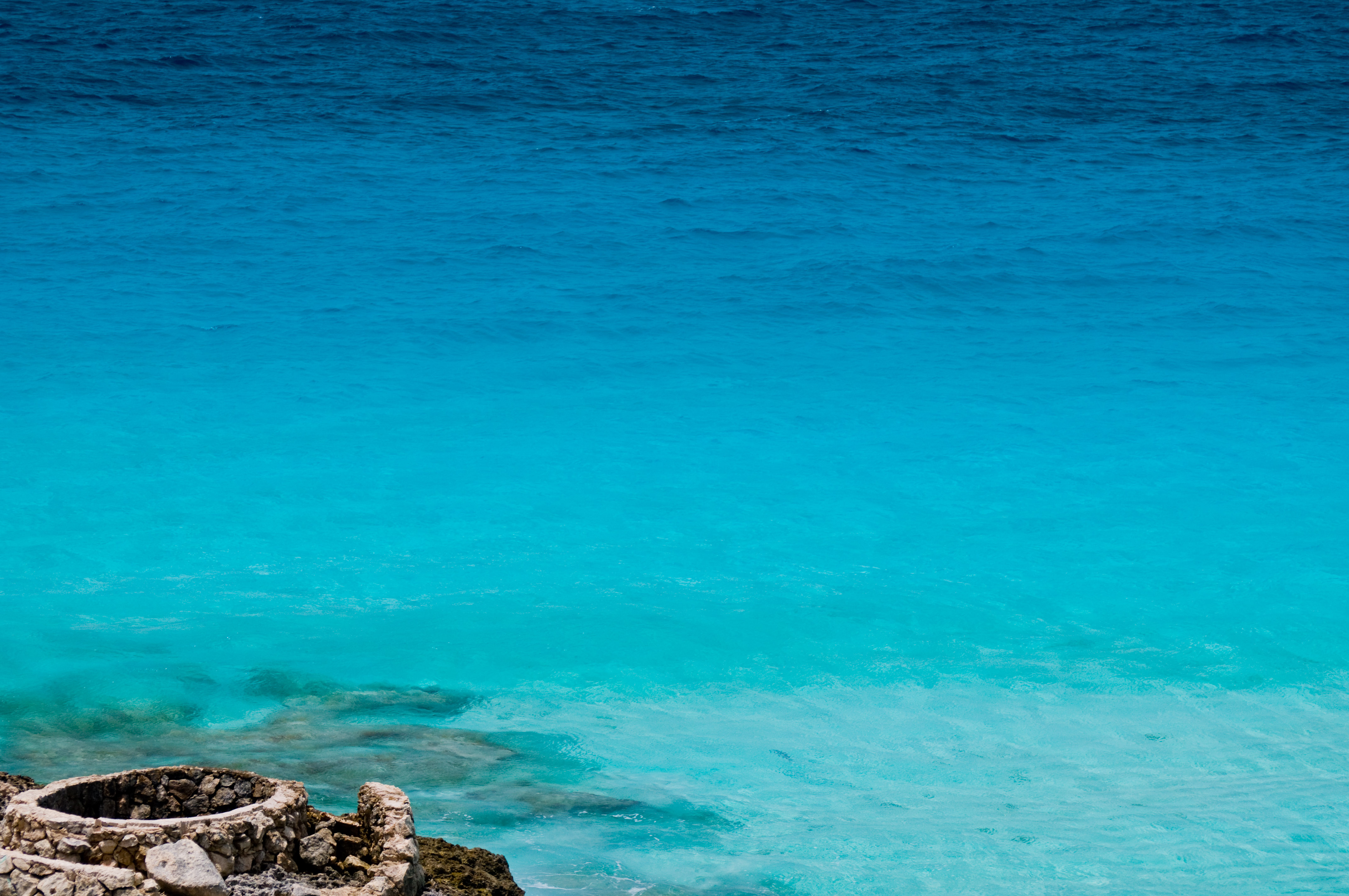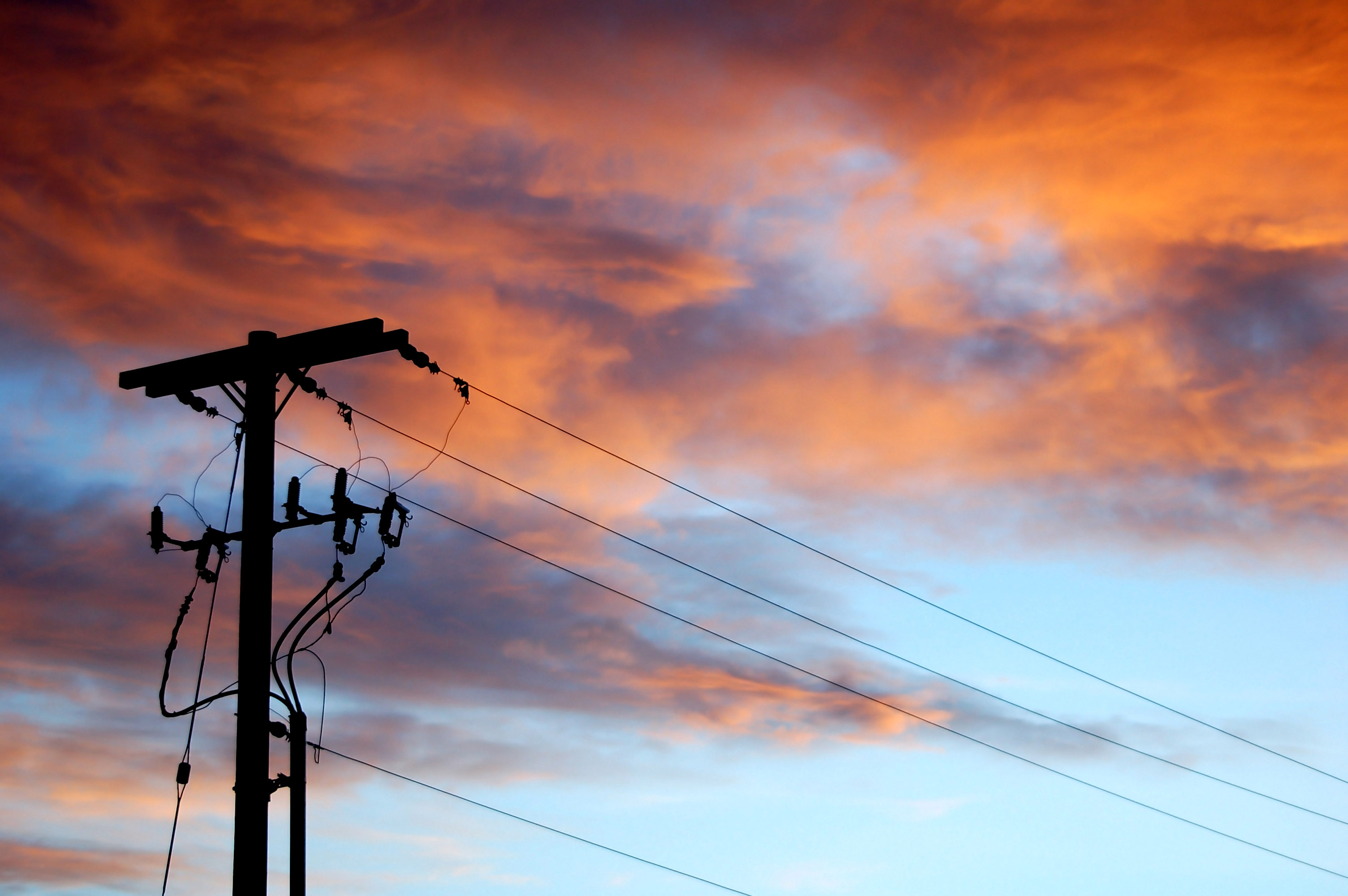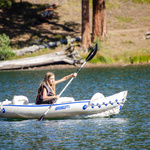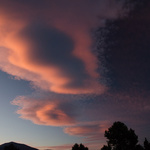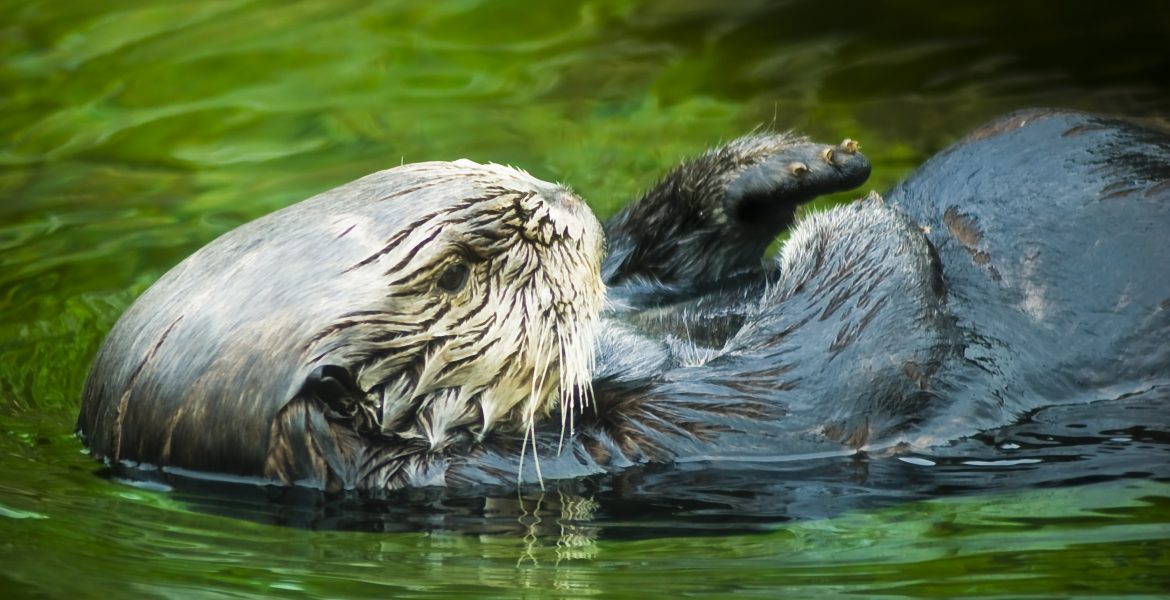
Cheap Stock Images – Seals, Sea Lions, and Sea Otters
Free Stock PhotosContents of this Post
Cheap Stock Images: Free Stock Photos for Photographers, Bloggers, and Designers
Click on the button below any image below to view a free, downloadable stock image for free use on your website, blog, print or digital media, or other project.



Copyright and Credit
How to Credit
All images are property of Mod Fam Global LLC and offered for private and commercial use, free of charge. Please credit Mod Fam Global, LLC, https://modfam.global/ for any public, online, or print materials using our images.
Send us a Note
If you use any of our cheap stock images for online or commercial use, please send us a note and let us know how you used the photos. We love to see how our photography is being used, and we appreciate photo credit and links back to our site.



How Photograph Marine Mammals – Part 1
Timing is Everything
Wild animals are, well, wild. Capturing gorgeous close-up images of marine mammals requires patience, a good telephoto lens, and knowing when and where to be to capture that Instagram-worthy photo. The time of day will affect not only the lighting of your subject. It will also impact how active marine mammals are and where they are most likely to be. As with many of our images, we spend a lot of time figuring out where our animal subjects are going to be well before we head out and start snapping photos. Marine mammals tend to be more active in the morning and evening, so if you’re looking for action shots in the natural habitat, plan accordingly. Daytime photos — like many of ours here — are best for highlighting seals, sea lions, and other marine mammals in a generally less active state.
Lighting is Everything
Once you have an idea of where to find marine mammals to photograph, it’s important to decide on when you want to shoot. Early morning and early evening generally provide the best light and more active times for many marine mammals along the coast. Mid-day provides the brightest (some would say harshest) light. But the bright mid-day light can provide some excellent contrast against blue-green seas, earthy boulders, and other natural features. Bright sunny days may seem great for photos, but we actually prefer the even lighting of a grey, cloudy day along the coast. As long as it’s not pouring rain, overcast skies provide a natural filter and diffuser for your photographs.



How Photograph Marine Mammals – Part 2
Lenses are Everything
Timing and lighting are important, but our number one recommendation for photographing marine mammals is to carry a good telephoto lens. You don’t need a high-powered, expensive lens that costs thousands of dollars to create beautiful images of marine life. In fact, our lens of choice for a lot of wildlife photography is a 70-300mm telephoto lens. (We occasionally pull out the 600mm lens for more distant subjects or for the depth effects, but a mid-range telephoto lens does a great job and won’t break the bank). For one, you don’t ever want to get too close to marine mammals in the wild. It’s important to give wild animals space, for their own protection and the protection of their natural habitats. It’s also smart for your own safety, especially when talking about large marine animals like sea lions. A lens in the 300-600mm range allows you to be close enough to capture significant detail without approaching too closely and threatening the animals’ habitat.


